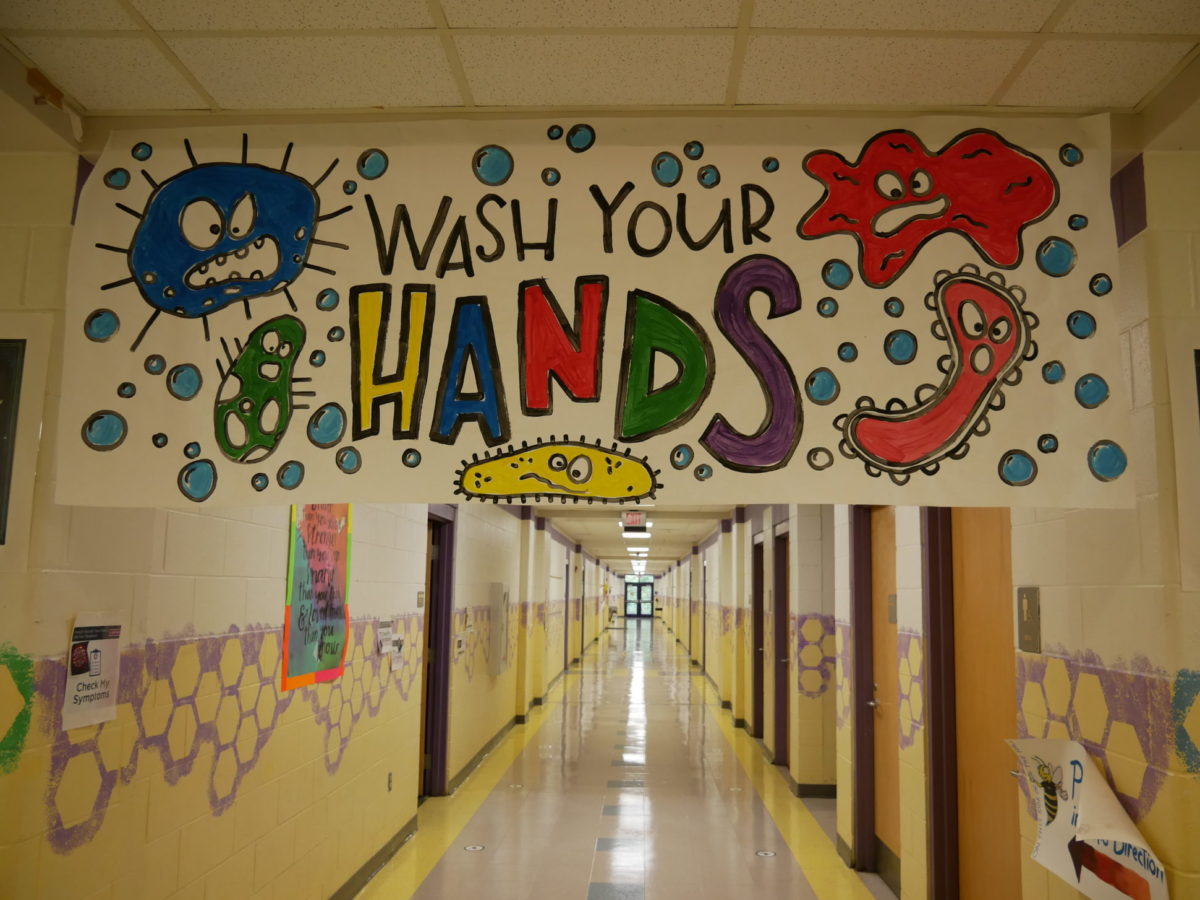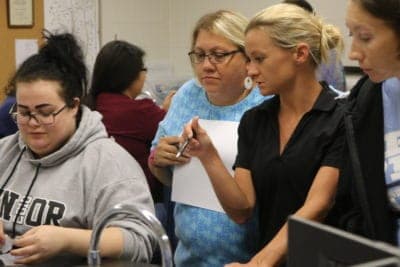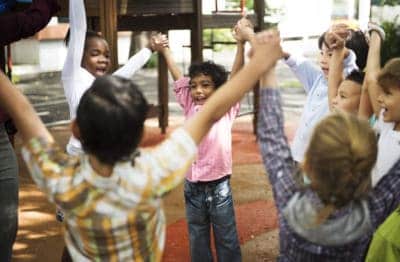

To borrow from Sesame Street’s letter of the day: North Carolina’s key letter today is K. As the state concludes a year burdened by a highly contagious virus, K helps explain its bifurcated economic and educational conditions.
In their “consensus forecast” of general fund revenues, the state’s principal legislative and executive fiscal analysts describe North Carolina as experiencing a “K-shaped recovery” from the pandemic-induced recession. This finding comes along with the headline-making projection that 2020-21 revenues will exceed previous estimates by $4.1 billion.
North Carolina is among nearly half the states that actually had revenue increases during the pandemic period of April-December 2020, as The New York Times showed in a map this week. As welcome as revenue growth may be, especially in a recession, the reasons for the income spurt tell nuanced stories with political and policy implications. In addition to citing the shift in tax-paying deadlines last year, the state’s analysts point to two major factors “contributing to the significant surplus.”
One was the 2020 federal stimulus package that included direct payments to individuals and assistance to private businesses, nonprofits, and churches to sustain payrolls. “It stimulated consumer spending and helped many small business stay open,” say the fiscal analysts. “To date, the Federal relief programs have provided an estimated $18 billion to North Carolina households and an estimated $12.5 billion to businesses.”
The forecast for “modest economic growth” in North Carolina, the analysts say, rests on the assumptions that the pandemic recedes later this year and that Congress enacts another round of federal stimulus. The U.S. House has adopted a $1.9 trillion package that includes $1,400 checks to individuals — with the state’s five Democratic members voting in favor, the eight Republicans opposed to the package as too costly. Senate action remains under negotiation.
The state’s fiscal condition arises also from distinct differences in how the pandemic affects economic sectors and jobs. The recovery is called K-shaped because the letter points both up and down — an upward slope of people in white-collar occupations who can work from home and downward slope indicating the pandemic’s hit on small businesses and on lower-wage working people. North Carolina has 200,000 fewer people employed than in February 2020.
“Most of the State’s tax revenue is generated by middle and upper income households,” say the analysts. “More of these higher-income employees maintained their jobs and experienced far less economic distress than with a typical recession … The bottom leg of the K is where the economic damage is occurring. This category includes service industries, especially in the Leisure and Hospitality and the Retail sectors, where many small businesses are just hanging on or have already closed their doors.”
Even as the fiscal analysts issued their report, UNC System President Peter Hans spoke out on the consequences of a K-shaped recovery. The state, he said, faces “intense challenges” in educating and training people for new careers.
“Jobs for those with college degrees have recovered and even grown, while employment for those without a college degree remains far below what it was,” Hans said. “Wages and wealth for white-collar workers actually increased through the pandemic, even as millions of working-class Americans saw their jobs vanish and their safety net collapse … We can’t afford to have a K-shaped recovery, with some people rising as others fall, and I don’t think we can sustain a K-shaped democracy.”
In North Carolina, as across the nation, the pandemic’s dramatic assault on public preK-12 education has also produced a K-shaped reality. Enrollment has declined, especially in kindergarten. Student scores have dropped. Inequities have widened.
From a recent conversation with a few Wake County educators emerged a general consensus: Families with economic means have largely coped; families without means have suffered. One teacher illustrated with a heart-wrenching story of a young student doing her virtual schooling sitting in the utility closet of a Subway sandwich shop while her parents worked at their jobs.
Just about everyone agrees that in-school works better than online for that young student and her peers. The debates over when and how to reopen public schools safely reflect the anxieties, ambiguities, and polarization of a year under a pandemic. North Carolina schools won’t return to pre-pandemic all-in classes over the remainder of this academic year. It’s not too soon to focus on confronting the K-shaped reality in preparing for the 2021-22 school year.




